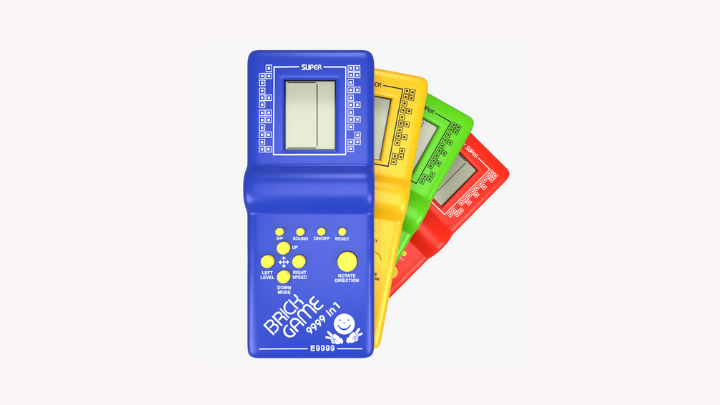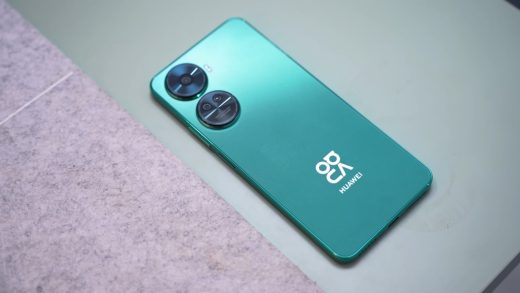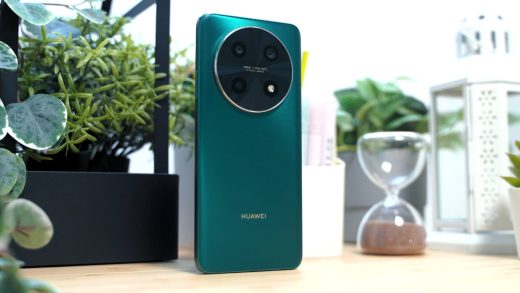If you look at your smartphone right now, you’ll realize that it’s not just a phone. It’s a text messenger, a music player, a web browser, a PDA, and a gaming device. Having a device that can do multiple things is a blessing for users like us. And as expected, older devices became less popular while others became obsolete. Some of you have encountered these devices, so let’s take a trip down memory lane with these mobile devices that used to be popular.
Author’s note: All mobile devices listed below do not exist anymore and are limited for communication, light entertainment, and productivity. The previous flip and brick phones are not included since it gets modern iterations.
Table of Contents
Pagers

Before brick cellphones were invented, there were pagers. Also known as beepers, these rectangular devices can either display the messages via the built-in green screen display or play the recorded messages of the person who is trying to reach you. This is made possible either with the third-party system or commercial carriers with a pool of operators who assists clients to transmit their messages via telephone calls. Since it sends messages on a larger scale via transmitters, it was widely used around the globe for emergencies, businesses, and personal communication with loved ones. When Motorola discontinued the device in 2001, the commercial use of pagers declined. The birth of mobile keypad phones from brands like Nokia in the early 2000s took away the consumer’s interest for pagers.
PDAs

Wondering where smartphones were patterned? Then you’re looking at it right now. These Personal Digital Assistants, or handheld PCs as others call it, were targeted initially to businessmen, medical professionals, and students for educational purposes. Typical features include touchscreen displays matched with a stylus, wired and wireless connectivity (via physical ports, Bluetooth, and WiFi), and data synchronization. Models under the enterprise line got military-grade protection, as well as RFID and barcode scanners. It allows users to browse the internet, play media files, connect peripherals via Bluetooth, and even make and take audio calls. The first PDA was developed in 19822 by London-based tech company Psion. However, Nokia’s 9000 Communicator catapulted its popularity in the 1990s which gave consumers the best features of both mobile phones and PDA at that time. Unfortunately, the arrival of Blackberry smartphones in the mid-2000s changed everything.
Compact cassette players and recorders

Younger generations might have seen this from Netflix’s 13 Reasons Why, but those who lived in the 90s probably remembers how cassette players and recorders work. Compact cassettes were born in the early 1960s and were originally made for learning. It has changed the way consumers use it from the 1970s to the 1980s, making it a standard for an effective, convenient, and portable way of listening to music. Mixtapes, which were usually home-recorded, were the old-school version of a Spotify playlist. The iconic and user-friendly Walkman from Sony motivated people to play and record high-fidelity music anywhere they are until the 1990s. Sadly, it was phased out when CDs came into the picture.
CD players

Right after the era of cassettes, digital optical discs took over as a new standard format for music. To develop compatible hardware that will support it, Philips and Sony collaborated in 1979. Both companies noticed the demand for recordable CDs which changed the way artists record and store music digitally. To cater to audiophiles, the latter developed its first standalone portable player in the form of Discman. Offering a larger storage option and mobility, the sales record of portable CD players soared high until the 90s with the more advanced Walkman. It was then shattered when mobile phones and dedicated mp3 players started to support the playback of digital media files.
Brick Games
These battery-operated handheld devices inspired the invention of current handheld gaming consoles. Coming in different striking colors, the affordable toy gained its popularity in the 1980s because it allows users to play Tetris and other classic pixel games at an affordable price. And since it is lightweight, players can bring it anywhere they go. When Nintendo’s Gameboy arrived in the late 1990s, the clamor for Brick Game plummeted.
MP3 players

These very sleek devices are just one of the types of portable multimedia players. Since mobile phones then do not have enough memory to support media files such as MP3, these gadget equipped with control buttons focus more on music playback. It started to flourish in the early 2000s with the release of the first-generation iPod Classic. iPod Mini and iPod Shuffle also fall under this category. With the launch of a better iPod Classic as a portable multimedia player from 2004 to 2005, as well as the iPod touch, the demand for MP3 players started to decrease. Music players are still available though but it now catered to users who are into hi-res audio.
Portable multimedia players

Ah, who would even forget the different multimedia players which used to be a measurement of the social status and level of coolness of students? Coming in different shapes and sizes, these players are usually equipped with small analog or colored displays, larger memory, control buttons, and an audio jack. These devices permit users to download, play, and store your favorite music, videos, photos, and games in one device. Some were even equipped with cameras. A classic example is Apple’s iPod Nano and iPod Touch. Another type is portable DVD players which usually have a clamshell factor. As tech brands produce more affordable smartphones that can also function as portable media players, these handy devices gradually became obsolete or less popular.
Netbooks

Last but definitely not least are the compact-sized, affordable laptops. Offering reduced computing power, netbooks provided more mobility and productivity to students and yuppies in 2007. ASUS pioneered the first consumer netbooks under the Eee PC 700 which featured a 9-inch display, wireless connectivity, a solid-state drive, and a custom Linux operating system. Compared to laptops, netbooks are more inexpensive, lightweight, and power-efficient which led to its growth in 2008 especially in developing countries. But when the more affordable laptops came into the market, including the fancy 2-in-1s, netbook sales started to plummet.
When innovations are introduced, older ones usually reach a point of market saturation. We continue to observe this trend through the years with various devices being launched left and right in the market. People’s demand and needs continue to change and grow which could lead to the redundancy and decreased popularity of current technologies. Have you owned one from our list? Let us know in the comments below!































